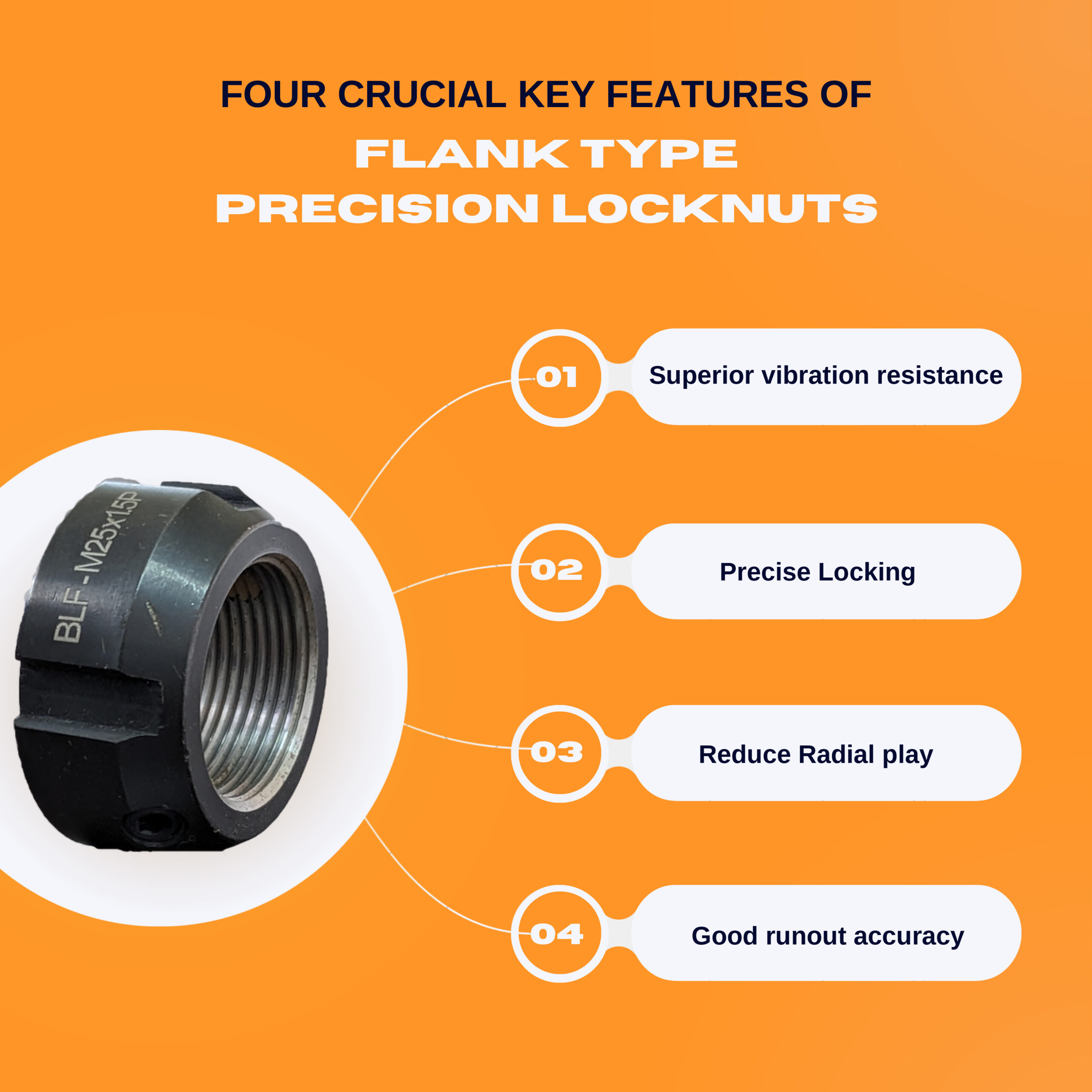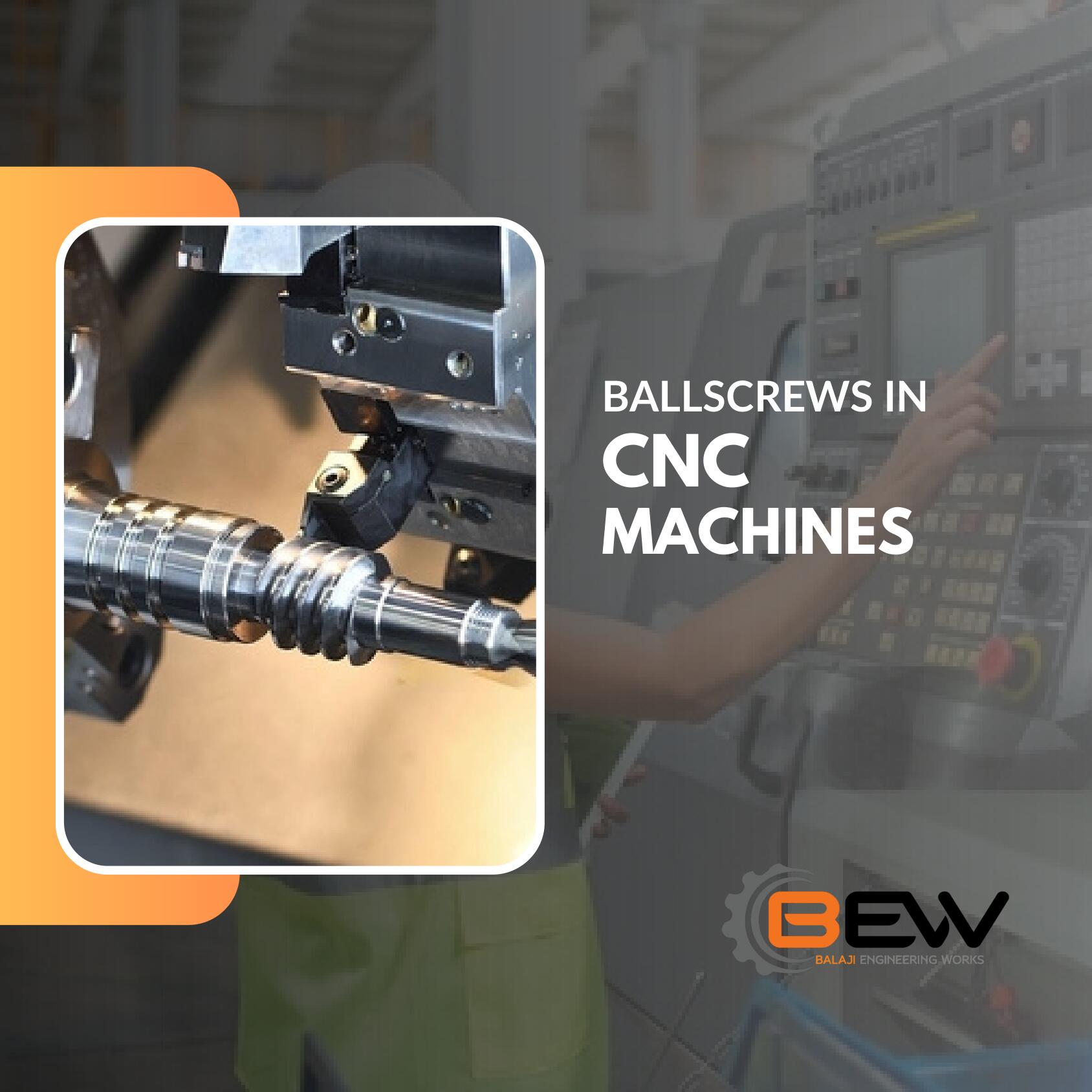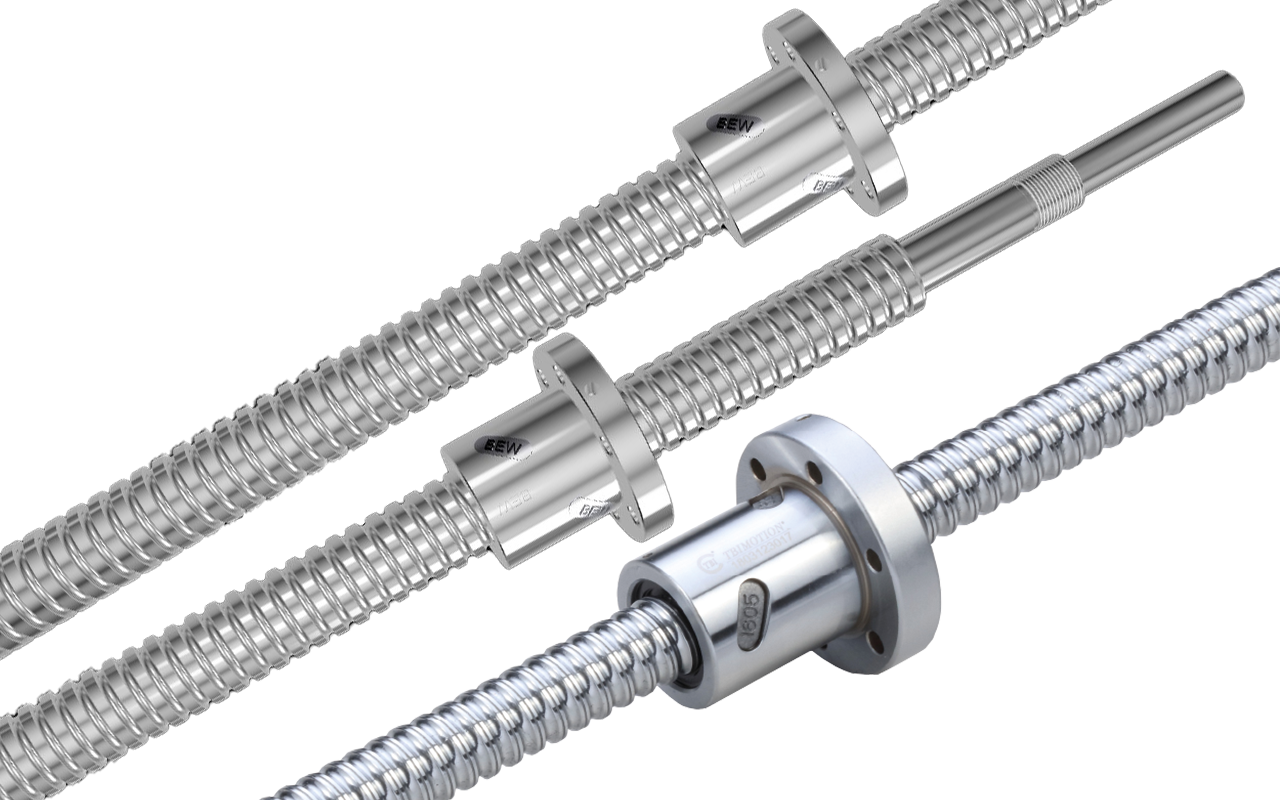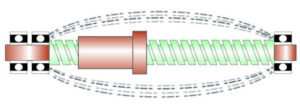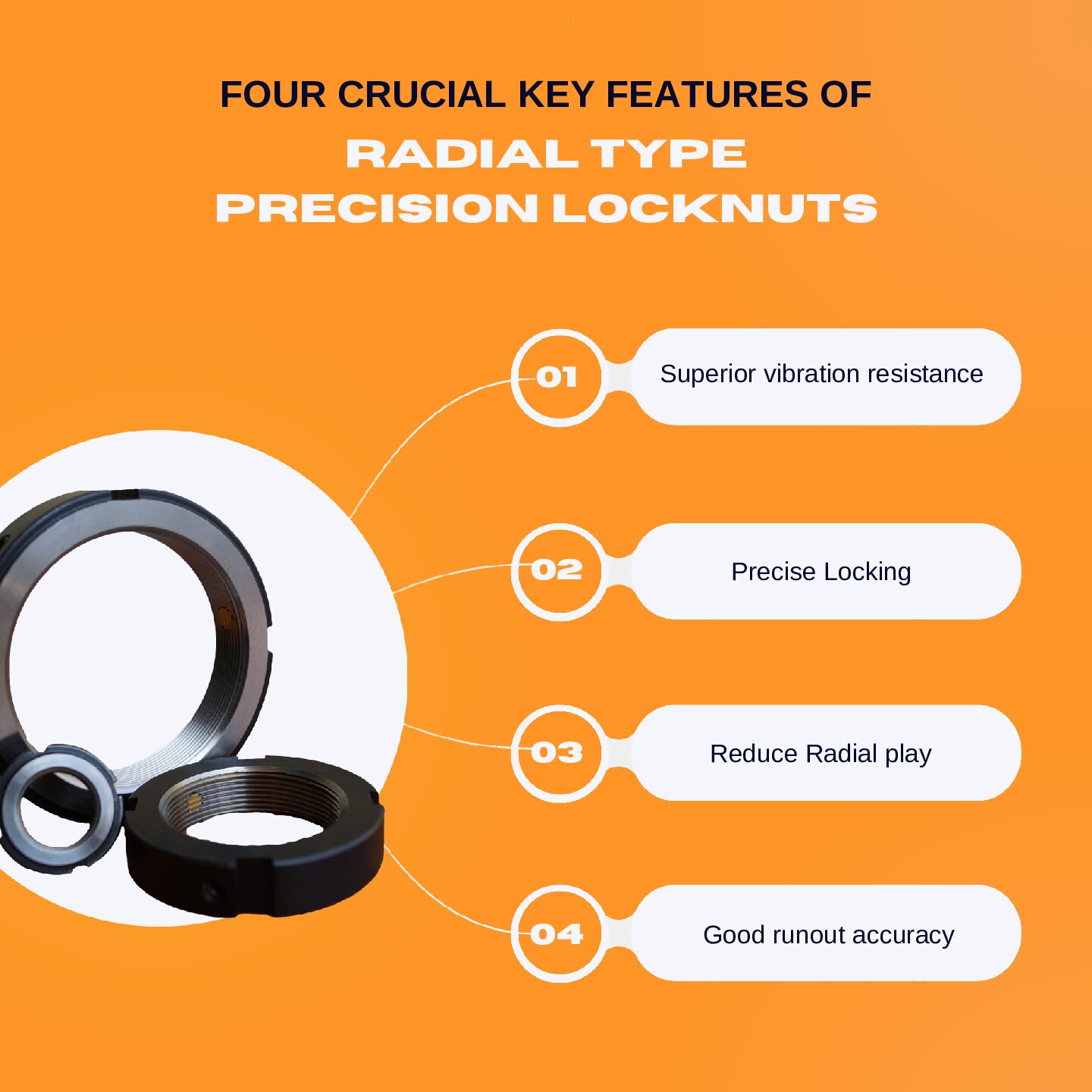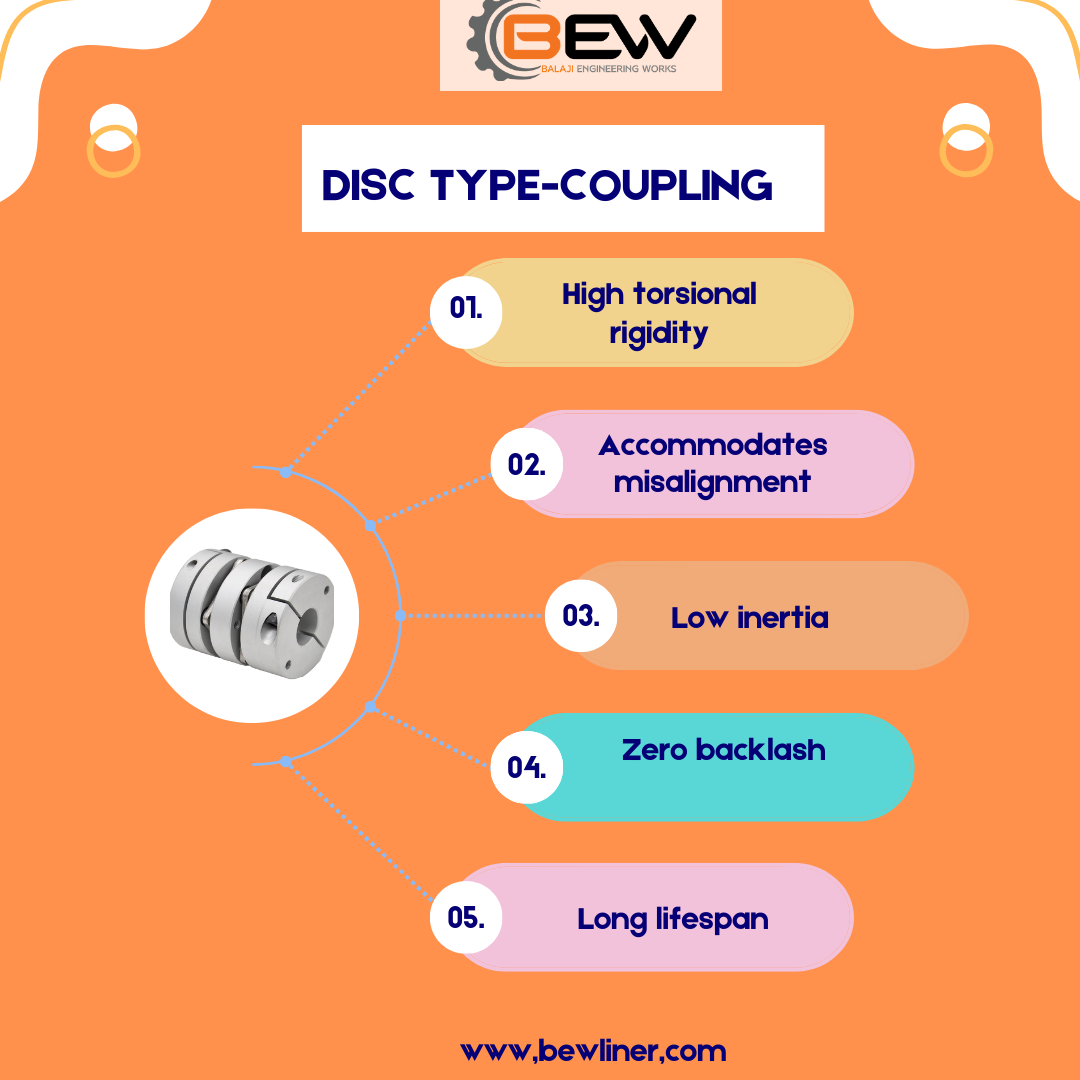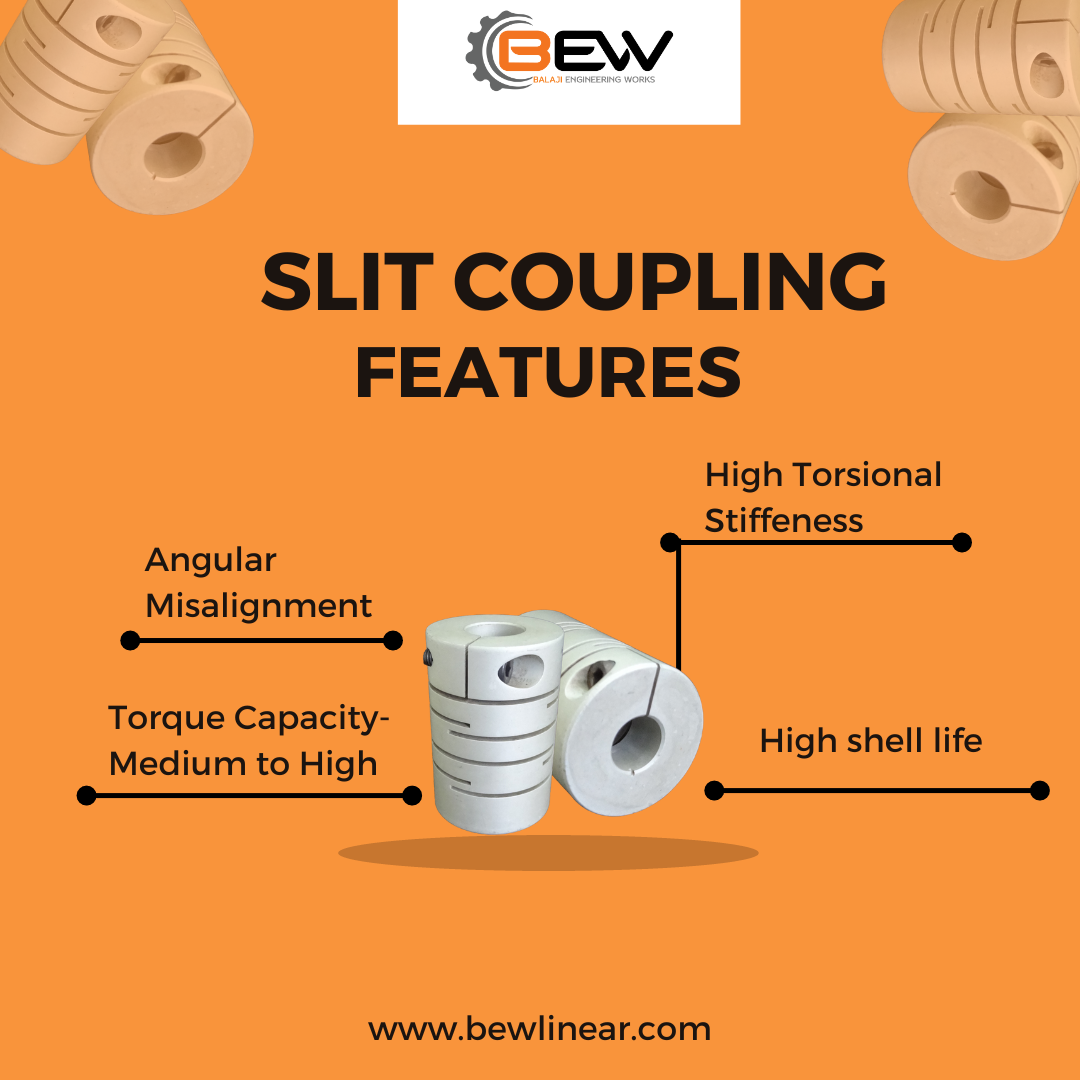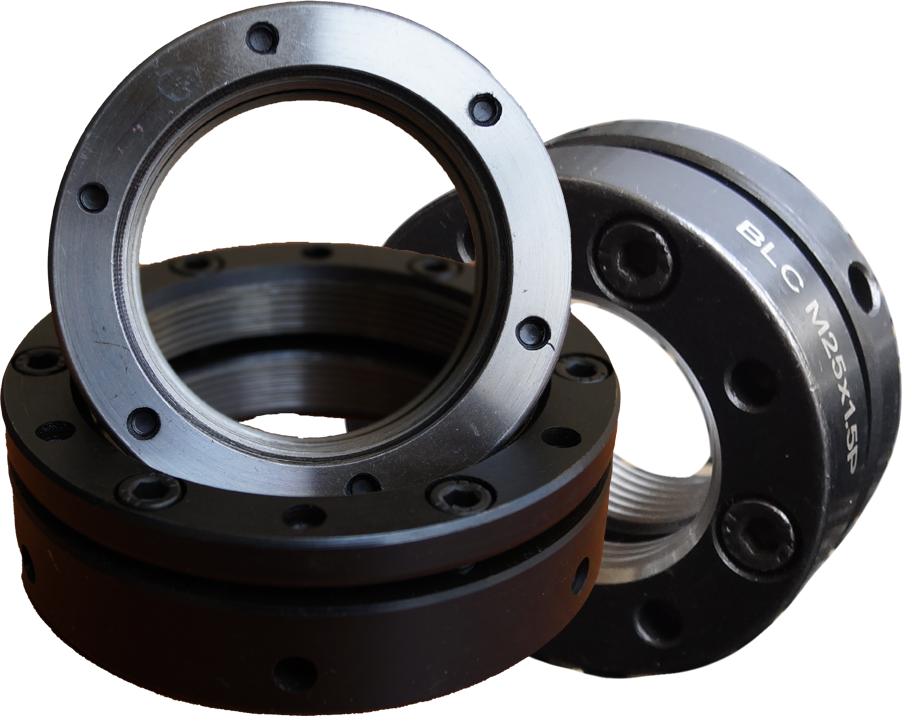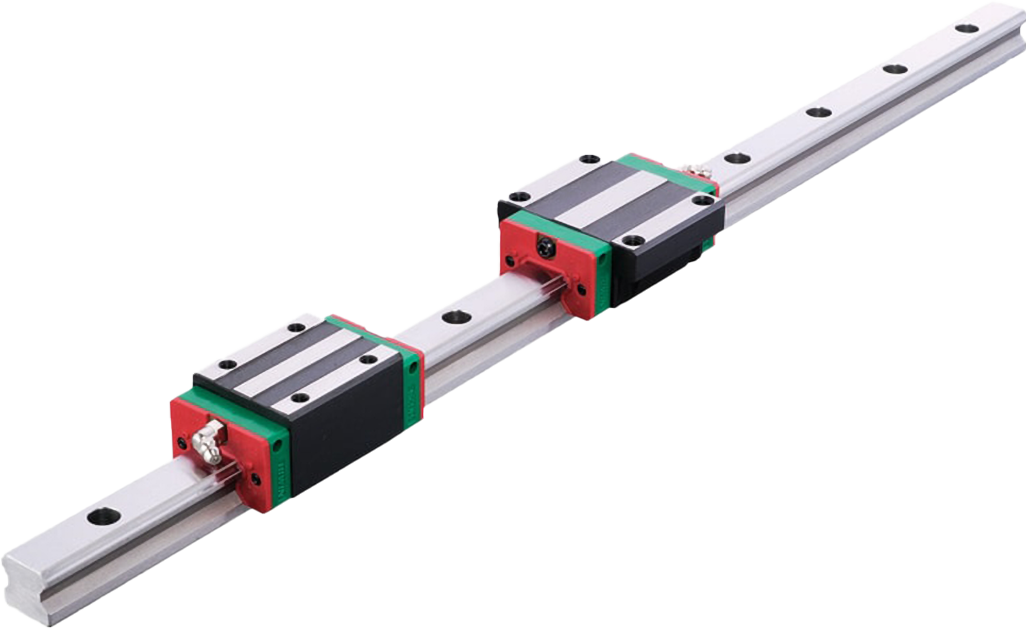In the industry, flank locking locknuts stand as a testament to precision engineering and unwavering grip. These specialized nuts, often entrusted with critical applications in aerospace, heavy machinery, and beyond, offer unparalleled resistance to vibration and loosening, ensuring safety and performance even under the most demanding conditions.
Construction:
Flank locking-type locknuts are designed with a distinct construction that sets them apart from traditional locknuts. The key feature includes flanks or serrations on the nut’s internal or external surface. These serrations engage with the threads of the bolt or stud, creating a positive locking mechanism. The design of locking can make the threads of fixed copper completely mesh with the counter-threads and lead to a perfect effect of let-off. A 30° lock nut design reduces the torque resulting from tightening a screw. The interaction between the flanks and the threads prevents self-loosening, ensuring a more secure and stable connection.
Benefits:
Enhanced Security: The flank locking mechanism reduces the risk of loosening due to vibration or dynamic loads, providing a more secure fastening solution.
Resistance to Environmental Factors: Flank locking-type locknuts are often constructed with materials that offer resistance to corrosion and other environmental factors, ensuring long-term reliability in various conditions.
Ease of Installation: The design of flank locking type locknuts allows for straightforward installation without the need for specialized tools. This simplicity contributes to time and labor efficiency in assembly processes.
Reusable: Unlike some traditional locking methods that may involve deformation or damage during installation, flank locking-type locknuts are generally reusable without compromising their locking capabilities.
Choosing the Right Locknut:
Selecting the ideal flank locking locknut requires careful consideration of several factors:
Thread Size and Pitch: Ensure the nut’s thread size and pitch match those of the bolt or stud it will be paired with.
Material Matters: Choose a material suited for the environment the nut will face. High-strength steel is the standard, but stainless steel and brass offer additional properties for specific needs.
Locking Insert Options: Different types of locking inserts exist, each with its own advantages and limitations. Consult with a professional to determine the best option for your application.
Load and Vibration Requirements: Consider the specific load and vibration conditions of the application. Different flank locking type locknuts may be designed to handle varying levels of stress and movement.
Applications:
Flank locking type locknuts find application in a wide range of industries and scenarios, including:
Automotive: In critical automotive components where vibration resistance is paramount, such as in suspension systems and engine assemblies.
Industrial Machinery: For securing components in heavy machinery subject to constant vibrations and dynamic loads.
Aerospace: In aircraft and spacecraft, where the reliability of fasteners is crucial for safety and performance.
Construction: Used in construction applications where stability and resistance to environmental factors are essential.
Medical Equipment: Where precision and patient safety are paramount, flank locking locknuts play a crucial role in ensuring the integrity of critical medical devices.
Conclusion:
The flank-locking type locknut has become a valuable asset in the toolkit of engineers and manufacturers, offering a robust solution to the challenge of self-loosening fasteners. With their innovative design, ease of installation, and resistance to environmental factors, these locknuts provide a reliable means of securing critical components in various industries. As technology continues to advance, flank locking-type locknuts are likely to play an increasingly important role in ensuring the safety and reliability of mechanical systems.
Flank locking locknuts are more than just fasteners; they are symbols of unwavering reliability and unwavering performance. Their ingenious design, coupled with their adaptability and reusability, makes them the undeniable choice for applications where failure is not an option. So, the next time your project demands a grip that refuses to budge, turn to the flank locking locknut – a testament to engineering excellence and a silent guardian of safety and precision.
Remember:
Always consult with a qualified engineer to ensure you’re using the correct fasteners for your specific application, If in doubt feel free to contact us.
Never overtighten flank locking locknuts, as this can damage them and reduce their effectiveness.
Regularly inspect flank locking locknuts for any signs of wear or damage, and replace them if necessary.
By following these tips and choosing the right flank locking locknuts, you can ensure the smooth operation and safety of your critical equipment, even in the face of the most demanding challenges.

